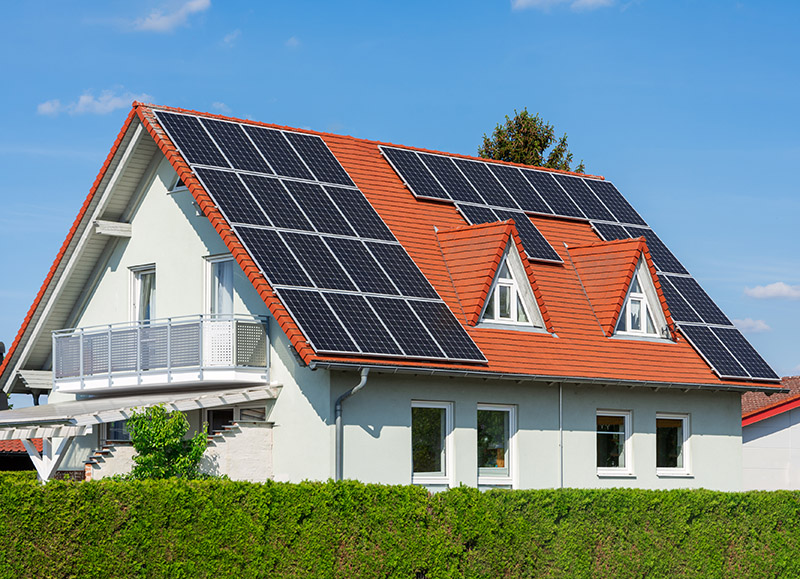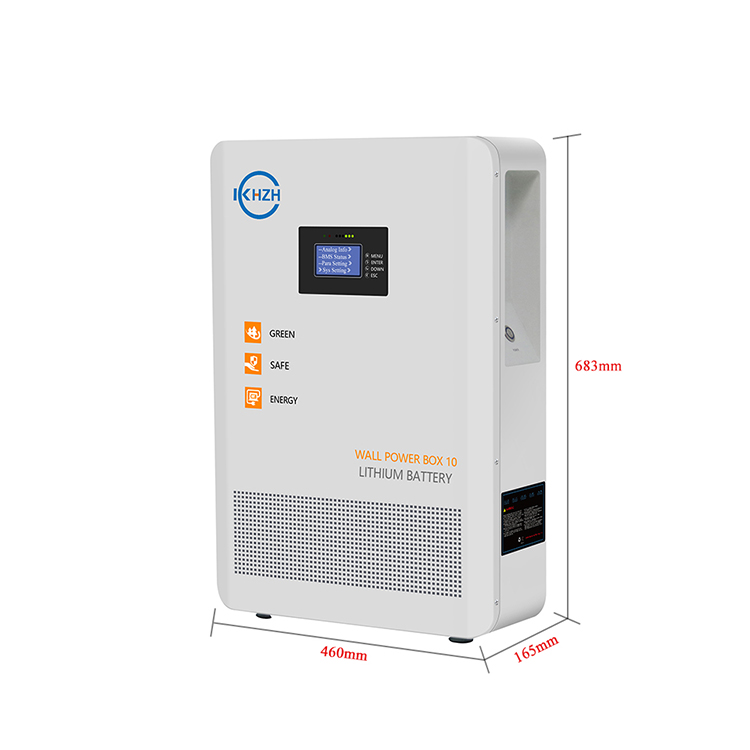10kwh is a considerable investment for many households experiencing power outages. Because it provides you with backup storage of electrical usage in the event of a massive power outage. So for an average family, how long can a 10kwh battery last during a power outage?

How long can 10kwh battery be used?
10kwh per hour 1kw power of ordinary households can be used for 10-12 hours. Of course, it depends on your household electricity usage. 10kwh can satisfy small appliances except refrigerators, TVs, microwave ovens, coffee machines, and central air conditioners. Enough to meet the electricity needs of medium-sized households.
Of course you can make the battery last for more than 10 hours by reducing your household electrical load, of course there are many variables involved, if you only use energy efficient refrigerators, TVs or laptops, lights and some kitchen utensils, the hourly power consumption will be At around 3000-4000 watts, if you turn on the window air conditioner at the same time, the power consumption will be between 6000 and 7000 watts.
Estimating the runtime of a 10kwh battery
If you are using lead acid batteries, take into account inverter inefficiency, voltage loss and battery discharge.
10kwh lead acid battery calculation. 10kw x 2 x 1.1 = 22kwh
Considering the deep discharge of 50% of the single discharge of lead-acid batteries, you may need 2 batteries to meet your usage needs, but actually considering the 1.3 loss, you may need 26kwh to meet your needs.
If you are using a lithium battery, the lithium battery has a discharge rate of 80% to 100%. For better use, a general discharge rate of 80% to 90% is recommended. Actually you need 10kw x 1.1 x 1.07 = 11.7kwh. If you need 10kwh per day, then the backup battery needs more.
10kwh battery price and purchase plan
Buying a 10kwh battery can save you more space, but it will cost you more money. Of course if your home has more space. You can choose to buy multiple batteries to combine.
You can buy multiple batteries and connect them in parallel to increase power, if you have 4 5kwh batteries, you can set one in parallel to get 20kwh, of course it depends on your actual usage and space requirements.
Is a 10kwh battery enough to run a house for a day?
10kwh can generally meet most of the electrical appliances used in ordinary households.If you’re looking for a 10kwh storage battery, you can check out this one for a Tesla Powerwall Alternative.

Product description
Crafted out of Lithium Iron Phosphate (LiFePO4) technology, this is a battery built to last. With 3,000+ recharge cycles (and up to 7,000 under ideal charging conditions,50%DOD) the 10KWH LiFePO4 Powerwall provides 5 X the lifespan than your typical SLA battery. Built-in self-heating system, Built-in smart BMS, which can realize real-time monitoring the battery, Compatible with inverters of multiple brands, which can support 16 units parallel connection.
Of course if you are an off-grid home then you may need 800 amps or 20kwh and a large solar array. And your inverter must meet your equipment requirements. In general, solar and batteries, it is best to have a backup power source. You never know when you might need to run another device, so it’s best to be prepared.
Factors Affecting 10kwh Battery Performance
- Temperature, the deep cycle battery is best to run within the specified temperature, the temperature is lower than 5 degrees, it is best to heat it before working, you can buy a heating battery or use other tools to heat it yourself.
- Overload, if the battery is overloaded, it will directly damage the internal components. You should run the battery to its stated maximum capacity.
- Wear and tear. Even the best batteries eventually get worn out. This is natural. When your battery gets old and no longer holds a charge like before, it is time to get a replacement.
- Properly maintained, lead-acid batteries need to be filled with water regularly, and the discharge capacity should be controlled at 50% per use. Failure to follow this rule may affect its performance, especially if possible to keep it in ventilated conditions. Sufficient installation space must be ensured for lead-acid batteries.
- Correct use, do not mix lithium batteries and lead-acid batteries.
- Component matching, if you buy a 10kwh battery, you must use the appropriate cables and connectors, it is best to buy specially designed components.
10kwh is enough or too much for the average family, but it may not be enough for more heavy users. Before purchasing a battery, please make sure that you choose a suitable battery configuration for your own power usage.




